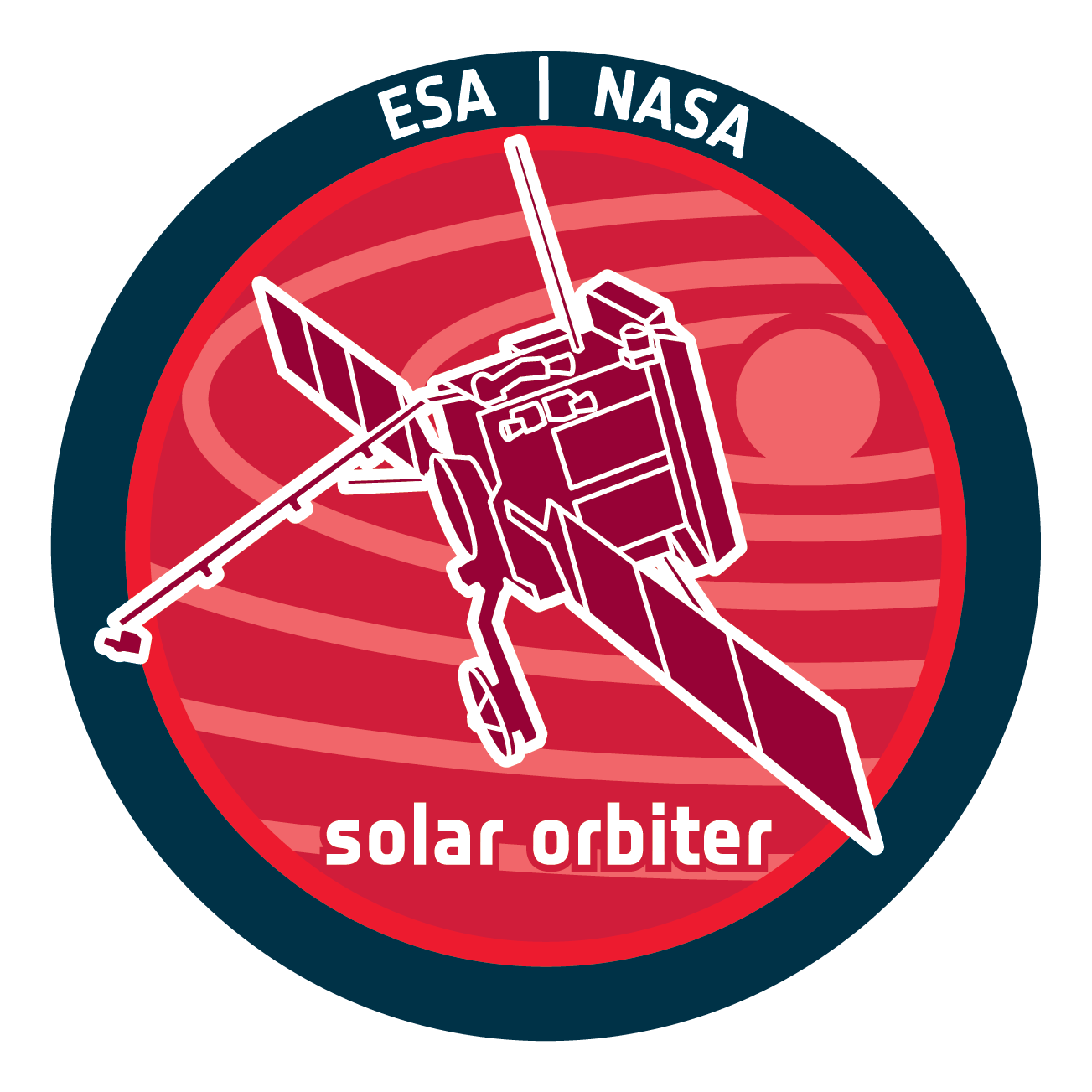

| Name | RPW, Radio and Plasma Waves instrument | ||||||||
| Mission | Solar Orbiter | ||||||||
| URL | http://soar.esac.esa.int/ | ||||||||
| DOI | https://doi.org/10.57780/esa-3xcjd4w | ||||||||
| Author | Maksimovic, M. | ||||||||
| Abstract | The Radio and Plasma Waves (RPW) instrument on the ESA Solar Orbiter mission is described in this paper. This instrument is designed to measure in-situ magnetic and electric fields and waves from the continuous to a few hundreds of kHz. RPW will also observe solar radio emissions up to 16 MHz. The RPW instrument is of primary importance to the Solar Orbiter mission and science requirements since it is essential to answer three of the four mission overarching science objectives. In addition, RPW will exchange on-board data with the other in-situ instruments in order to process algorithms for interplanetary shocks and type III Langmuir waves detections. | ||||||||
| Description |
RPW scientific data products mainly consist of electric (E) / magnetic (B) waveforms and spectra measurements from quasi Direct Current (DC) to 16 MHz. They include:
Usage notes for the RPW data products can be found at https://www.cosmos.esa.int/web/soar/support-data#rpw |
||||||||
| Publication | Maksimovic, M., et al., The Solar Orbiter Radio and Plasma Waves (RPW) instrument, A&A, 642, A12, 2020; https://doi.org/10.1051/0004-6361/201936214 | ||||||||
| Temporal Coverage | 2020-02-11/ .. | ||||||||
| Mission Description |
Solar Orbiter is a mission of international collaboration between ESA and NASA. It explores the Sun and the heliosphere from close up and out of the ecliptic plane. Launched on 10 February 2020, it aims to address the overarching science question: how does the Sun create and control the Heliosphere – and why does solar activity change with time? To answer it, the Solar Orbiter spacecraft is cruising to a unique orbit around the Sun, eventually reaching a minimum perihelion of 0.28 AU, and performing measurements out of the ecliptic plane: reaching 18° heliographic latitude during its nominal mission phase, and above 30° during its extended mission phase. It carries six remote sensing instruments to observe the Sun and the solar corona, and four in-situ instruments to measure the solar wind, its thermal and energetic particles, and electromagnetic fields.
Müller, D., O.C.St. Cyr, I. Zouganelis, et al., The Solar Orbiter mission: science overview, A&A., 642, A1, 2020; DOI: https://doi.org/10.1051/0004-6361/202038467 Müller, D., Marsden, R.G., St. Cyr, O.C. et al., Solar Orbiter, Sol. Phys., 285, 25–70 (2013); https://doi.org/10.1007/s11207-012-0085-7 |
||||||||
| Creator Contact | Maksimovic, M., Principal Investigator, LESIA, Observatoire de Paris, Université PSL, CNRS, Sorbonne Université, Univ. Paris Diderot, Sorbonne Paris Cité, France, milan.maksimovic@obspm.fr | ||||||||
| Publisher And Registrant | European Space Agency | ||||||||
| Credit Guidelines | Maksimovic, M, 2020, RPW - Radio and Plasma Waves instrument, 1.0, European Space Agency, https://doi.org/10.57780/esa-3xcjd4w. |